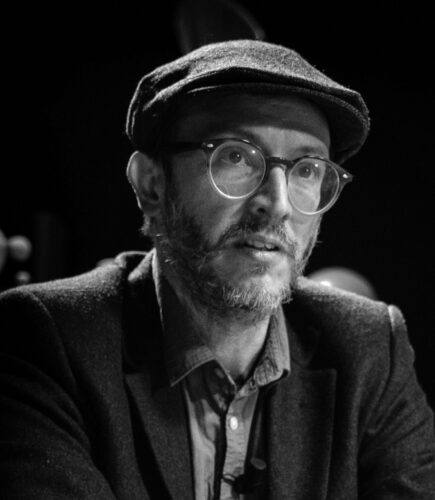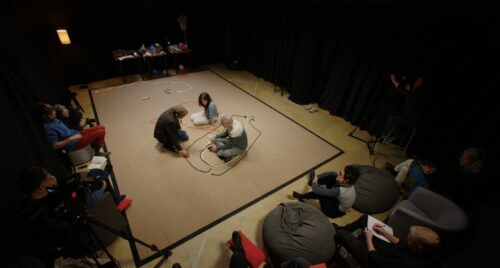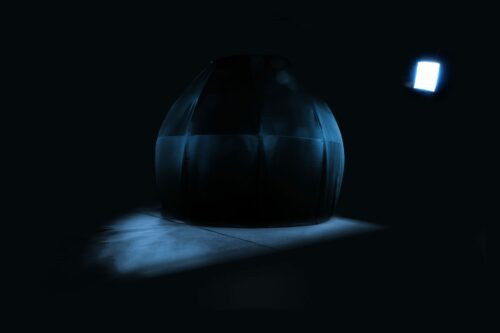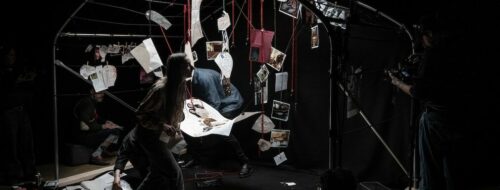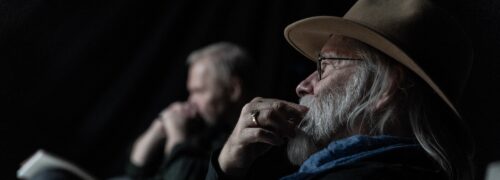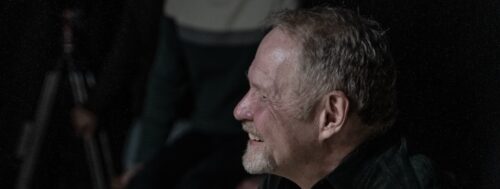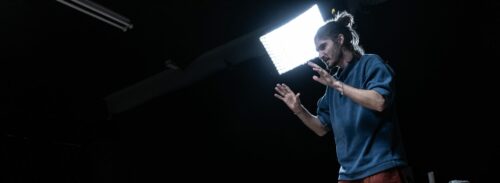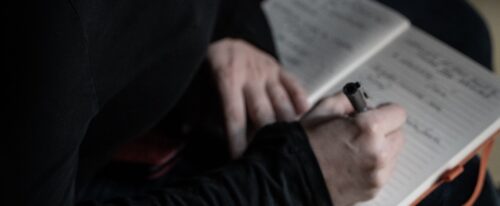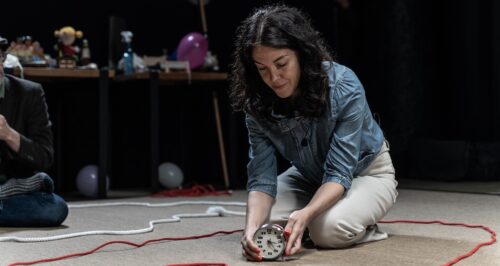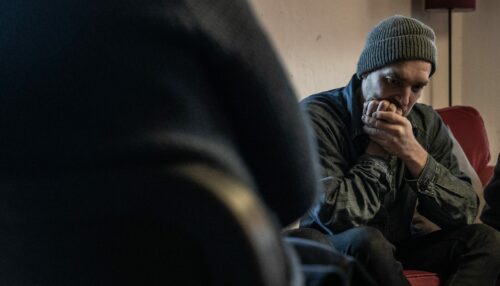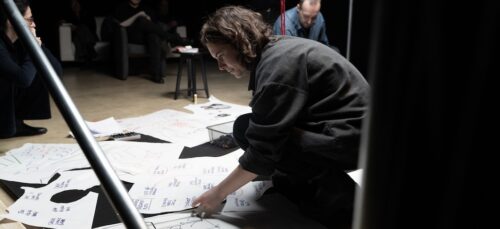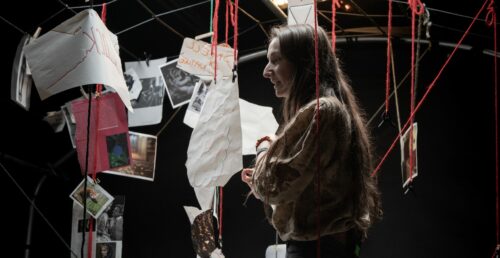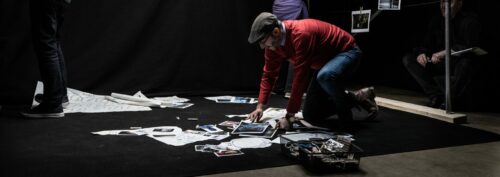Massimiliano Narduli
Born in Rome in 1976, Massimiliano Nardulli has lived and worked throughout Europe for the past twenty years. As an artistic director, curator, and film programmer, he has worked for festivals such as Brest, Winterthur, Tirana, NexT, Timishort, Istanbul, ShorTS Trieste, Lakino, Biarritz Latin America, and Arcipelago. He is one of the founders of the Talents and Short Film Market in Italy, the Fulgor Lab in Spain, and the Talents Generator Factory initiative. Massimiliano has been a pillar of the LIM I Less is More adventure since its inception, becoming its Artistic Director in 2024. In parallel, he works as a screenwriter, consultant screenwriter, and mentor, coaching emerging talents in various programs. He is also a composer of soundtracks for cinema.
— As part of its 5th season, the StoryTANK team wanted to try a new experiment, under the guidance of six passionate and captivating researchers. The goal was to test and film the emergence of story ideas within experimental frameworks created by LA FABRIQUE DES MONDES — a unique initiative in Europe, developed at Le Groupe Ouest since 2023, under the auspices of the French Ministry of Culture.
The experience was offered to six screenwriters or filmmakers from six different European countries. Here, the StoryTANK provides an opportunity to explore and shed light on the creative process.
Below, a debrief by Massimiliano Nardulli, as he reflects on his experience.
THE CAVE
FEELING THE STORY RATHER THAN CONCEPTUALIZING IT
“It’s one thing to conceptualize, to think, to reflect, and it’s another to truly feel on an emotional and rational level.”
When you enter the Cave, you don’t know what you’re going to find there. We don’t go straight in: we have a short period of preparation with different tools that give us the opportunity to try to make this Cave like a small house in which we can develop ideas. The fact of not entering alone, but within a group, allows us to find a balance that shapes a shared logic of development: to place ourselves in a position of multiple curiosities, within a collective brain. There are components that resonate immediately, like obvious facts. What is most surprising is to realize that it is one thing to conceptualize, to think, to reflect, and it is another to really feel all of this in a concrete space, mixing an emotional level and a rational level. The Cave allows this.
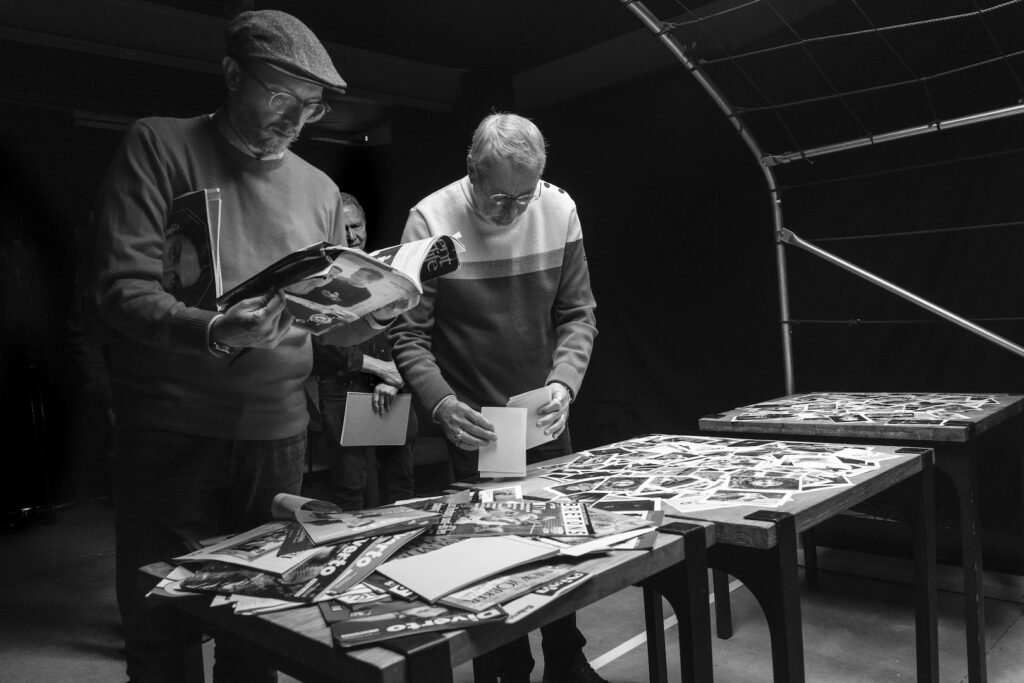
THE CAVE AS A PROTECTED SPACE FOR STORY GENERATION
“It’s fundamental to walk in a space that isn’t just visual, but that becomes increasingly immersive.”
In the Cave, I immediately have the feeling that I’m in a protected space, where I can quietly see and imagine things, make mental connections, alone and in a group, without ever thinking about the outside world. We brainstorm ideas and experiments, possibilities to best develop the small seed of the story that has been germinating since the beginning of the experience. It’s a total immersion, which includes others. It’s fundamental to walk in a space that isn’t just visual, but that becomes increasingly immersive.
THE BLACK ROOM
THE WARMTH OF OTHERNESS TO CREATE THE NARRATIVE
“ The Black Room is emotional.”
The Black Room is emotional. The fact of not seeing, of being immersed in darkness, of being surrounded by others whom you don’t see, but whom you feel: they breathe, they think—the feelings are there. This warmth, which you feel in the darkness, you don’t need a thermal camera to sense and see it. It is fascinating, both mentally and physically.
SILENCES TO STIMULATE THE STORY
“Silences express more than a thousand words”
In the Black Room, sometimes just breathing or a small movement from one of the co-authors to the right or left makes you feel part of something, something much stronger and much deeper than just seeing it. Silences, more than words, have an incredibly powerful force. Sometimes, silences express more than a thousand words and allow the Black Room to engage and stimulate us greatly, physically and mentally. It’s a double moment of communication, I would say: a communication with your inner self—the darkness you have within you that must emerge—and a communication with others and for the story being composed.
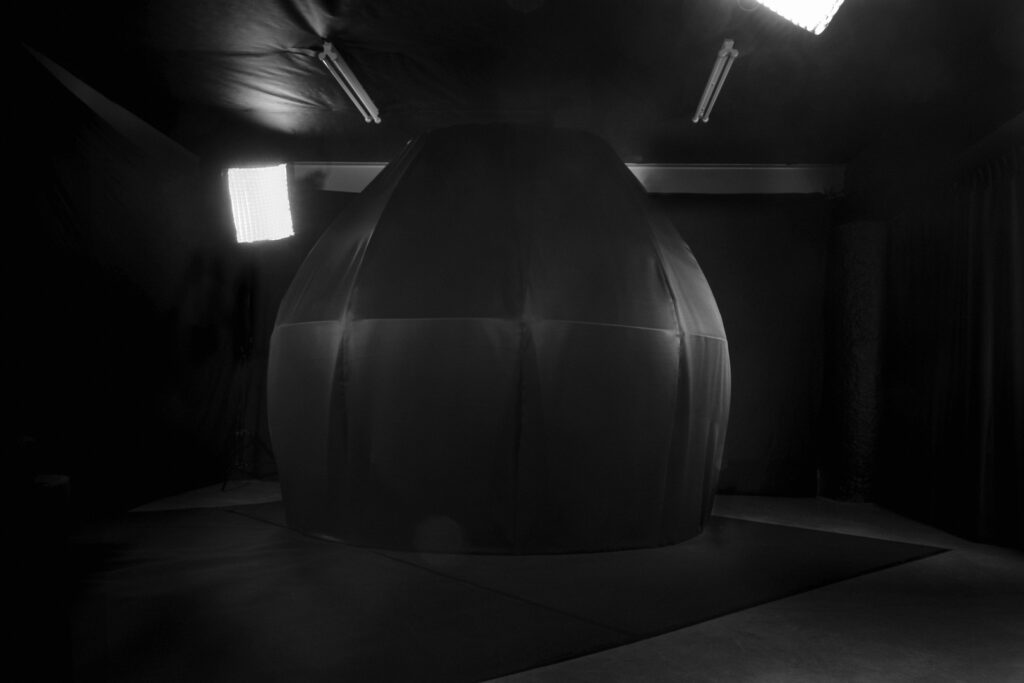
THE QUEST FOR THE GENESIS OF A STORY
“Giving birth to a possible voice for a character”
The Black Room is a device that can be used in a very personal way, while connected to others, for inner research on a character and to give birth to a possible voice for that character, thus truly bringing it to life, seeking it out in the depths of one’s own mind. Experiencing the Black Room, alone or with others, allows for transcendence, to search in intimate and buried corners for what can nourish a character, a situation, the story, in its entirety.
THE PLATEAU
TOUCHING THE STORY THAT TRANSCENDS US
“ The texture of things is like the texture of ideas”
On the Plateau, we move through space, particularly through back-and-forth movements, while walking: we have the feeling of being part of something bigger, with the possibility of touching elements and seeing some of these elements communicate with us. It’s like when we see a beautiful tree, we want to run our hands over it to touch it, to feel its texture. The texture of things is like the texture of ideas.
COMPOSING THE STORY IN UNISON
“The Plateau: the most collective and collaborative of the three experiences”
The Plateau is certainly the most collective and collaborative of the three experiences. We managed to complement each other, with our different visions, in a very natural way. And even though we followed a common thread guided by one of us, we were in unison. The orchestra played in unison, we were very well in tune!
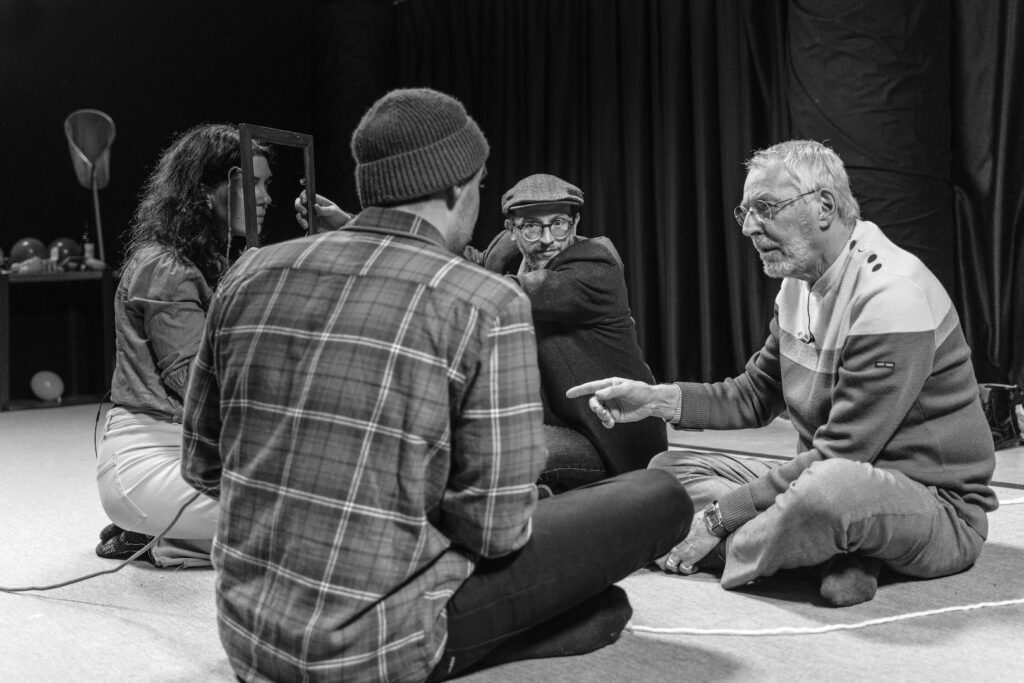
THE OBJECT TO BOOST IMAGINATION
“ The object compels! It has a direct connection to the real world and to the story being constructed.”
It’s fascinating to see how a small detail can truly change so many things and, thus, create possibilities. On the Plateau, it’s like entering the Black Room again, in full light, with people around. The object compels, not necessarily intellectually, us to be pragmatic and to generate precise narrative elements, with a direct connection to the real world or to the past or future of the story being composed. Using this object and integrating it into the story is a way to explore other avenues. The Plateau allows us to fish, peacefully and collectively, in the recesses of ourselves, within memories, within ideas. It’s a lot of imagination multiplied tenfold.
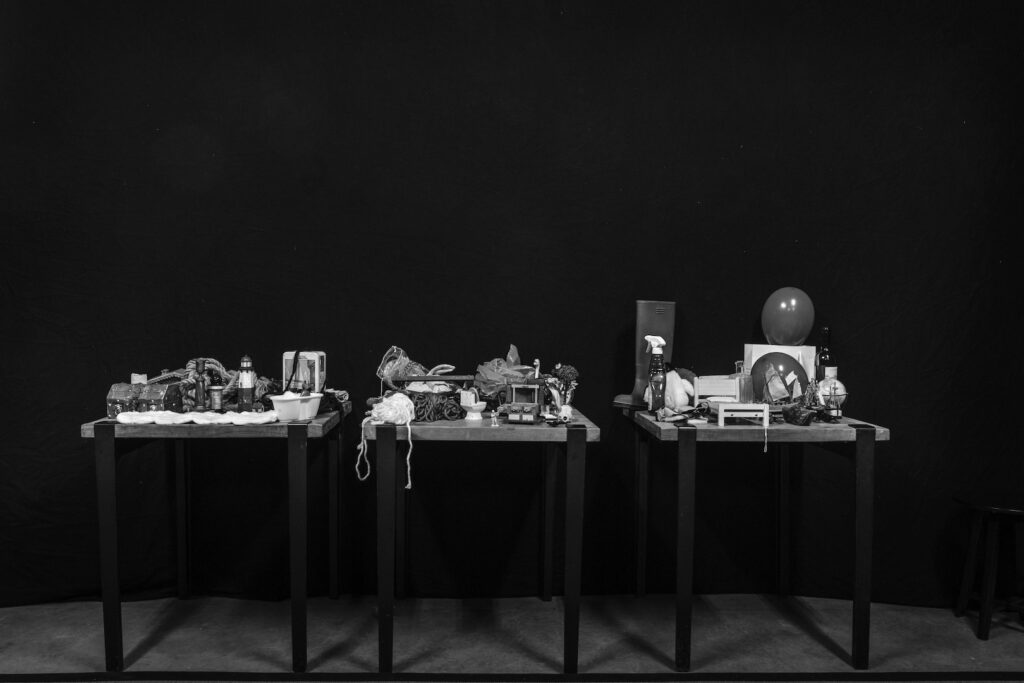
IMPROVISATION AS A RUPTURE: A MULTIPLIED FORCE OF CREATION
“Nothing is imposed, and this leaves room for improvisation.”
The Plateau offers the opportunity to glimpse things, to imagine, and to play with this essential, unforeseen aspect. Within the Plateau, we can be asked or decide for ourselves to initiate an action, different or similar to those of others. Nothing is imposed, and this leaves room for improvisation. Improvisation is always synonymous with creativity and possibilities: a sort of rupture with our system of reasoning, which creates a multiplied force of creation and possibilities.
THE FACTORY OF WORLDS
THE UNKNOWN, THE UNEXPECTED, OR ERRORS AS DRIVING FORCES OF STORYTELLING
“ The author’s job: to seek out magic.”
At THE FACTORY OF WORLDS, the unknown, the unexpected, or errors fuel the narrative composition because they challenge us. Unlike technology, humans always have a small imperfection that makes them more interesting than a machine. Singularity is more interesting than exceptional beauty, and the narrative is imbued with it.
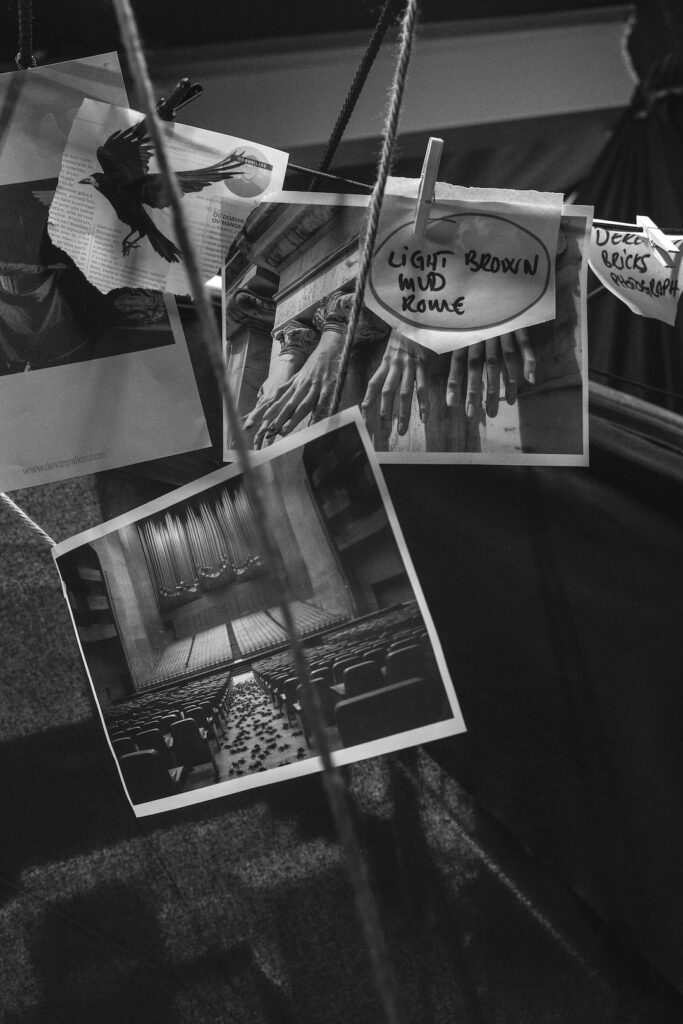
THE HIDDEN ROOTS OF NARRATIVE
“THE FACTORY OF WORLDS breaks down the walls that every author builds to protect themselves when telling a story.”
The three experimental devices of THE FACTORY OF WORLDS have enormous potential: they bring out what is hidden within us, they break down the walls that every author, in one way or another, builds to protect themselves when telling a story.
